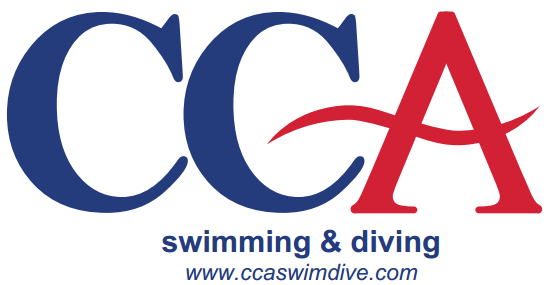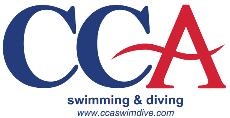
Concussion Protocol – CCA Swim & Dive Team
Coaches and Lifeguards must follow the concussion protocol in the case of any possible concerning injury.
1. Recognition of Possible Concussion
All coaches must complete CDC’s Heads Up Concussion Training Program and Concussion Protocol Biannually to stay current on recommendations
A swimmer or diver may sustain a concussion from:
- Hitting their head on the wall, block, lane line, another athlete, or pool bottom
- Slip or fall on the deck
- Impact during a dive: striking the board, platform, or water at high velocity/awkward angle
Possible signs/symptoms:
- Headache, dizziness, nausea, or confusion
- Balance problems or clumsiness
- Blurred or double vision
- Sensitivity to light/noise
- Trouble remembering events or following instructions
- Loss of consciousness (even briefly)
Action:
- When in doubt, sit them out. Immediately remove the athlete from practice/competition if a concussion is suspected.
- Do not allow return to the water or board the same day.
2. Immediate Response
- Notify coach, lifeguard/athletic trainer, and parent/guardian.
- If red flag symptoms are present → Call EMS (911):
- Loss of consciousness
- Seizure
- Repeated vomiting
- Severe headache worsening rapidly
- Unequal pupils or vision loss
- Trouble speaking, walking, or using arms/legs
3. Medical Evaluation
- Athlete must be evaluated by a licensed healthcare provider trained in concussion management.
- Written clearance is required before returning to swim or dive.
4. Return-to-Swim/Dive Protocol
Only begin once symptom-free and cleared and followed by a healthcare provider and family member:
Each step should take at least 24 hours; if symptoms return, go back to previous step.
- Symptom-limited activity – light daily activities, no pool or board.
- Light aerobic activity – walking, stationary bike, no deck work or water drills.
- Light swim/dive activity – easy laps, basic diving form drills (on dryland or low board), no starts or flips.
- More complex training – swim drills with turns, moderate diving progressions (higher boards/platforms, controlled entries).
- Full practice, non-contact – regular swimming sets, full dive routines with spotting/supervision, no competition.
- Full return to competition – cleared for meets and diving events.
5. Documentation
- All suspected concussions, evaluations, and clearance notes must be documented and stored by the coaching staff for the season then discarded securely.

